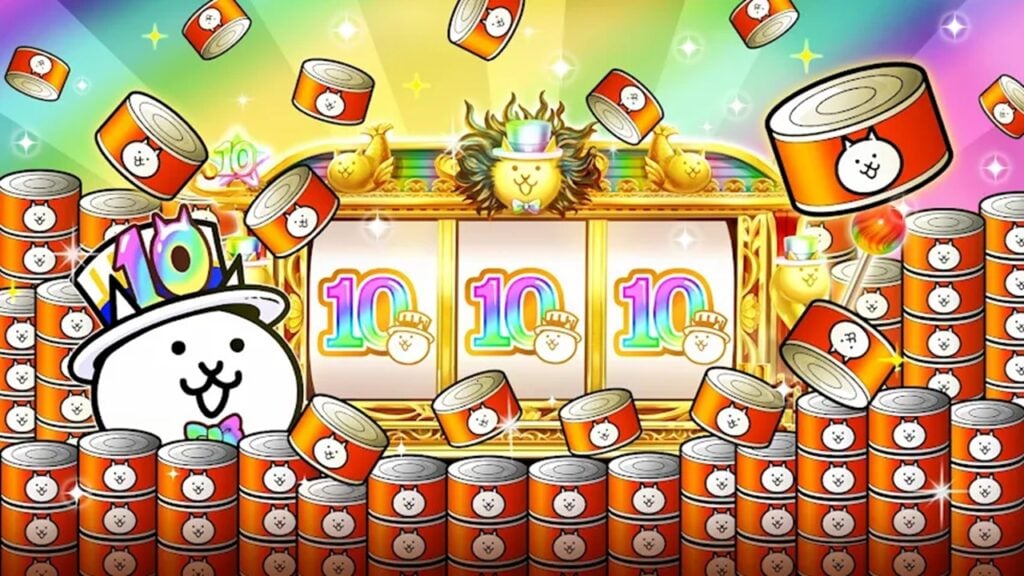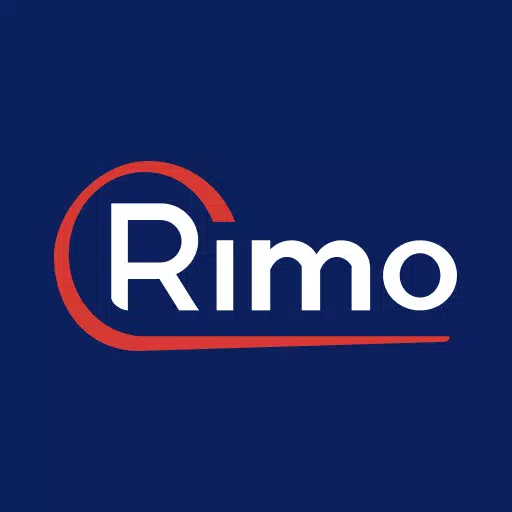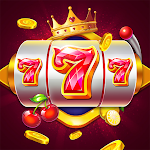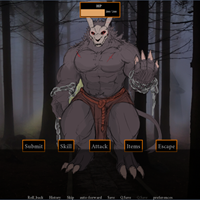"Angry Kirby" Insights from Ex-Nintendo Staff
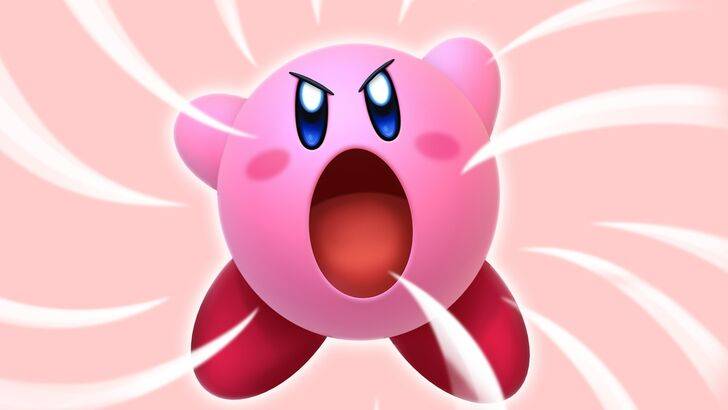
Former Nintendo employees have shed light on why Kirby's appearance differs in the U.S. compared to its original Japanese version. This article delves into the reasons behind Kirby's different marketing approach for Western audiences and Nintendo's broader strategy in global localization.
"Angry Kirby" Was Made To Appeal To Wider Audiences
Nintendo Rebranded Kirby For More Appeal In The West
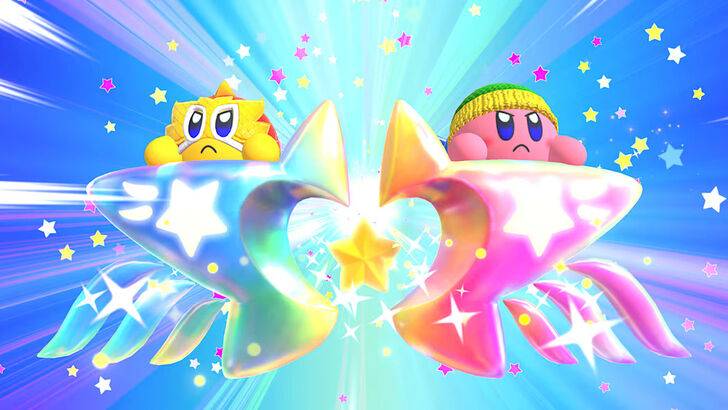
Kirby’s fiercer and tougher appearance on game covers and artworks was intended to appeal more to American audiences, earning the nickname "Angry Kirby" from fans. In a January 16, 2025, interview with Polygon, former Nintendo Localization Director Leslie Swan discussed the rationale behind changing Kirby’s look for Western markets.
Swan explained that Kirby was not meant to appear angry but rather determined. She noted, "Cute, sweet characters are popular among people of all ages in Japan." However, she added, "In the U.S., tween and teen boys tend to be drawn to tougher characters."
Kirby: Triple Deluxe Director Shinya Kumazaki told GameSpot in 2014 that while cute Kirby attracts players in Japan, a "strong, tough Kirby that’s really battling hard" resonates more with U.S. audiences. He mentioned that the approach varies by title, citing Kirby Super Star Ultra, which featured a tough Kirby on both U.S. and Japanese box art. Kumazaki emphasized that while they wanted to highlight Kirby’s serious side through gameplay, the character's cuteness remains a significant draw in Japan.
Advertising Kirby As "Super Tuff Pink Puff"
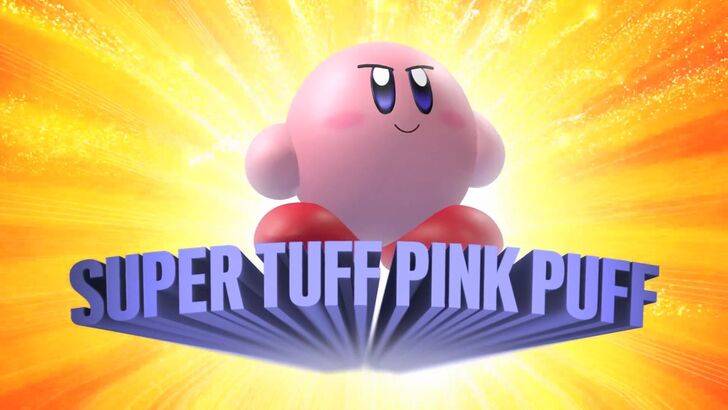
Nintendo aimed to broaden Kirby's appeal, particularly to boys, by marketing him as the "Super Tuff Pink Puff" for the 2008 Nintendo DS game Kirby Super Star Ultra. Former Nintendo of America Public Relations Manager Krysta Yang revealed that Nintendo sought to shed its "kiddie" image during her early tenure. She stated, "There was certainly a period of time for Nintendo, and even gaming in general, to have a more adult/cool factor." Yang added, "Having a game that was labeled ‘kiddie’ was really a curse."
Nintendo's marketing strategy shifted to emphasize Kirby's toughness and combat elements, distancing the character from being perceived solely as a children's game. In recent years, the focus has shifted from Kirby's personality to gameplay and abilities, as seen in the promotional materials for Kirby and the Forgotten Land in 2022. Yang noted, "There’s been a continued push to make Kirby into a more well-rounded character, but it’s true that most people still regard Kirby as cute versus tough."
Nintendo’s U.S. Localization For Kirby
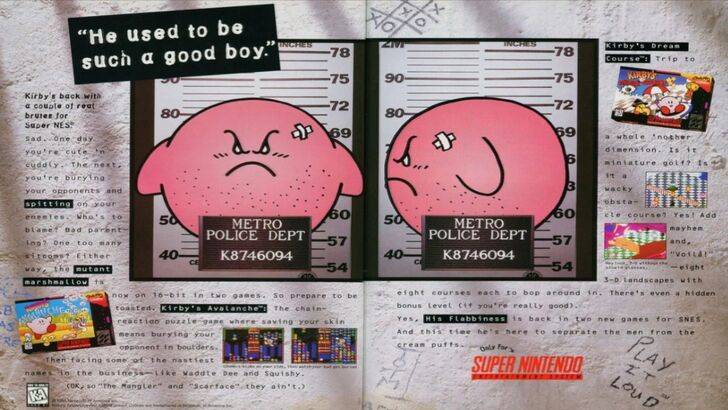
The localization differences for Kirby between Japan and the U.S. began with a notable 1995 print ad featuring Kirby in a mugshot as part of Nintendo’s "Play It Loud" campaign. Over the years, Kirby's box art varied, with titles like Kirby: Nightmare in Dream Land (2002), Kirby Air Ride (2003), and Kirby: Squeak Squad (2006) showcasing Kirby with sharp eyebrows and a stern expression.
Beyond facial expressions, Nintendo made other adjustments to appeal to Western audiences. For instance, the 1992 GameBoy release of Kirby’s Dreamland featured Kirby with a ghostly-white tone on the U.S. box art, contrasting with the original pink hue in Japan. This was due to the GameBoy's monochrome display, and it wasn't until Kirby’s Adventure on the NES in 1993 that U.S. players saw Kirby's pink color. Swan explained, "A puffy pink character for boys who are trying to be cool just wasn’t going to get the sales that everybody wanted."
This led Nintendo of America to alter Kirby’s facial expressions on U.S. box art to broaden its appeal. In recent years, Kirby's global advertising has become more consistent, alternating between serious and gleeful expressions.
Nintendo’s Global Approach
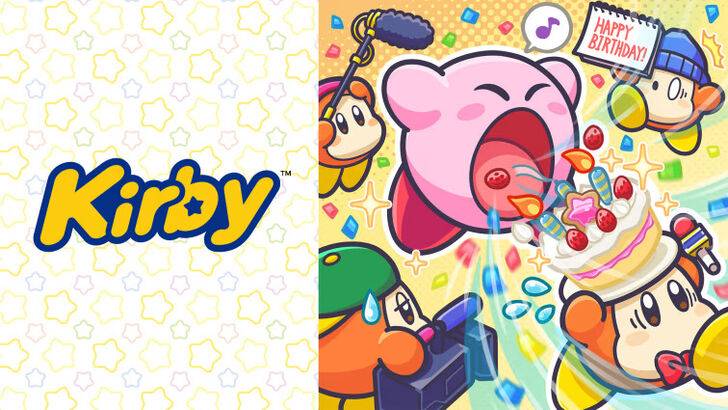
Both Swan and Yang agree that Nintendo has adopted a more global perspective in recent years. Nintendo of America now collaborates closely with its Japan office to ensure consistent marketing and localization strategies. The company is moving away from regional variations, such as those seen in Kirby’s box art and the 1995 "Play It Loud" advertisement.
Yang noted that the global audience's preferences have not changed significantly, stating, "It was a business strategy change to have more global marketing. It’s good and bad. Being global means consistency for the brand across all regions, but sometimes there is a disregard for regional differences." She believes this approach might result in "really bland, safe marketing for some of Nintendo’s products."
Game localizers attribute the current trend of reduced localization to the broader globalization of the industry and the increasing familiarity of Western audiences with Japanese culture, including games, movies, manga, anime, and other media.
-
1

Every Pokémon Game on the Nintendo Switch in 2025
Feb 25,2025
-
2
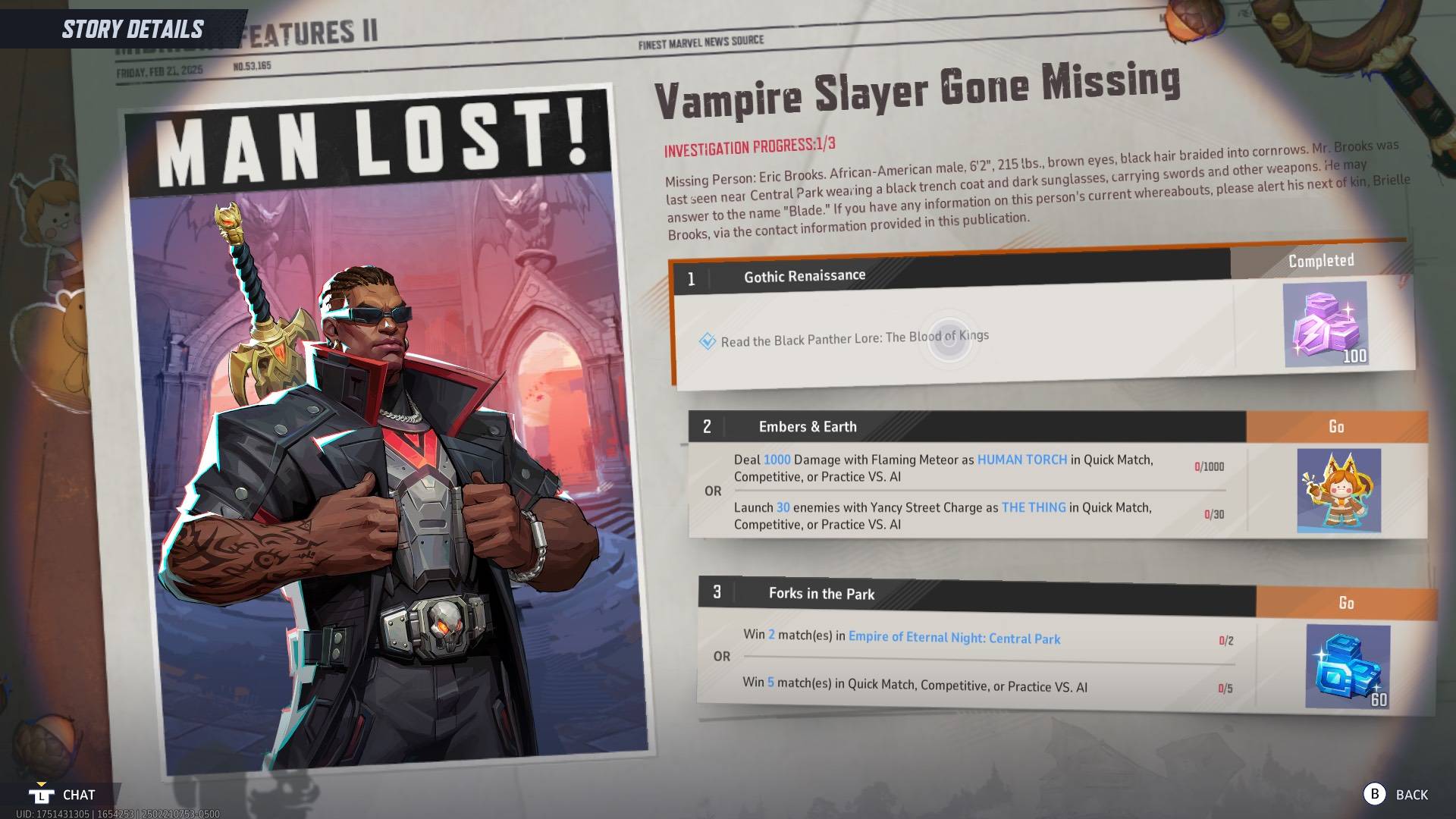
How To Read Black Panther Lore: The Blood of Kings in Marvel Rivals
Mar 01,2025
-
3
![Anime Vanguards Tier List – Best Units For Each Gamemode [UPDATE 3.0]](https://images.gzztb.com/uploads/35/17376012656791b0f12fa1c.jpg)
Anime Vanguards Tier List – Best Units For Each Gamemode [UPDATE 3.0]
Feb 27,2025
-
4
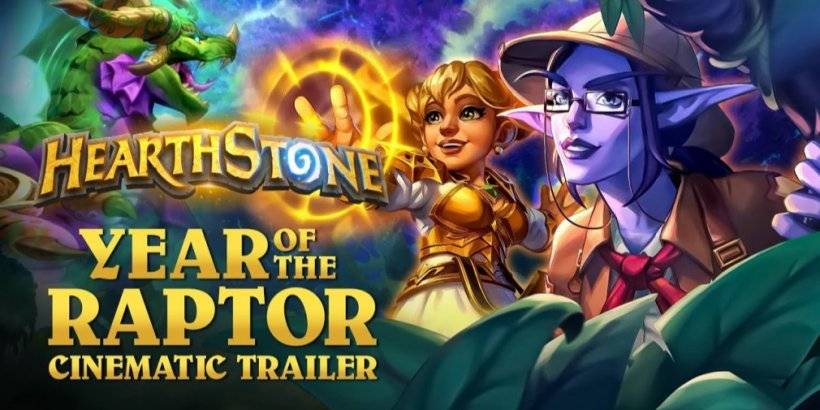
Hearthstone has kicked off the Year of the Raptor with a myriad of new content
Mar 16,2025
-
5
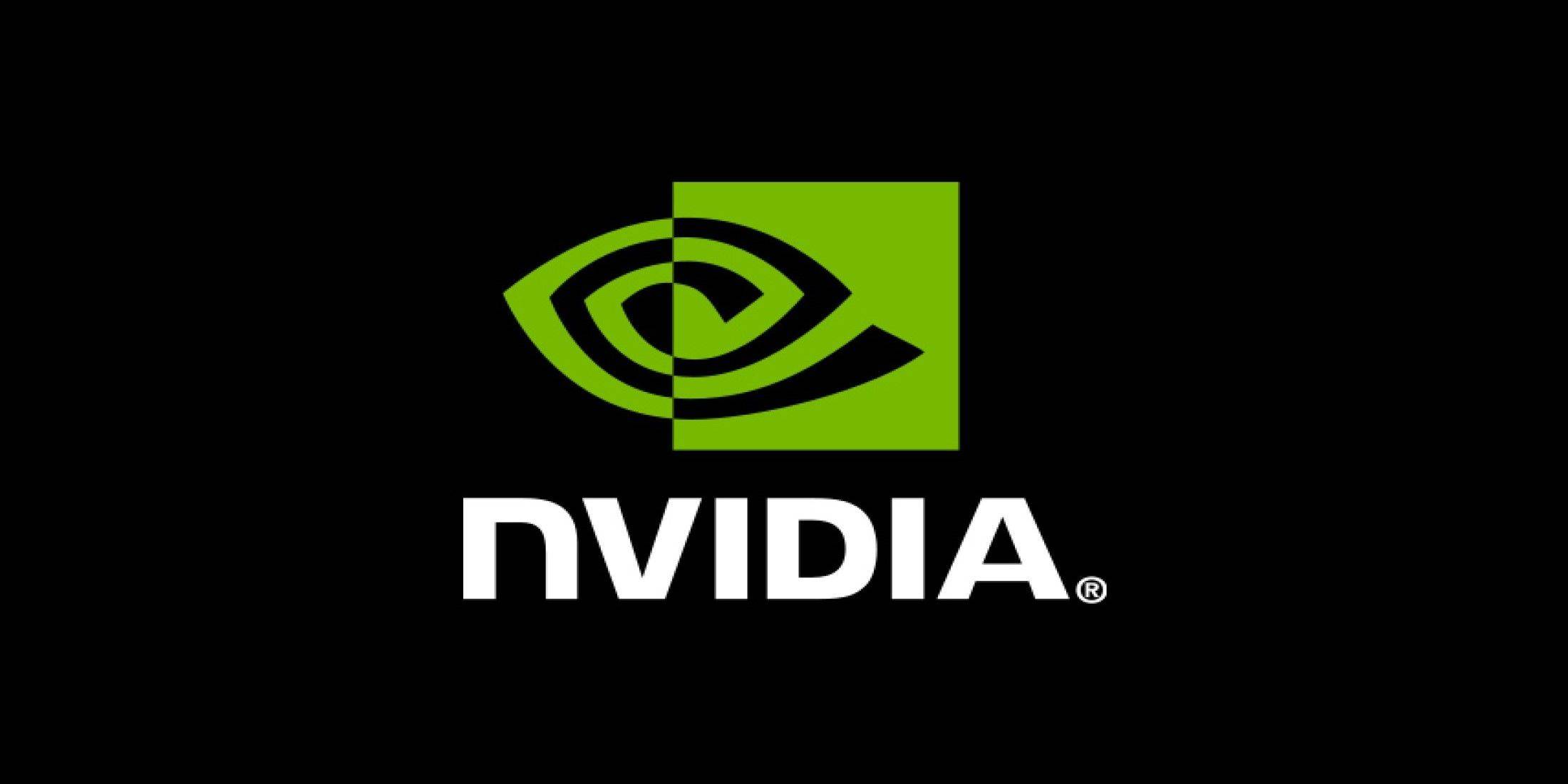
Nvidia RTX 5090 Specs Leak: Rumor Confirmed?
Mar 14,2025
-
6
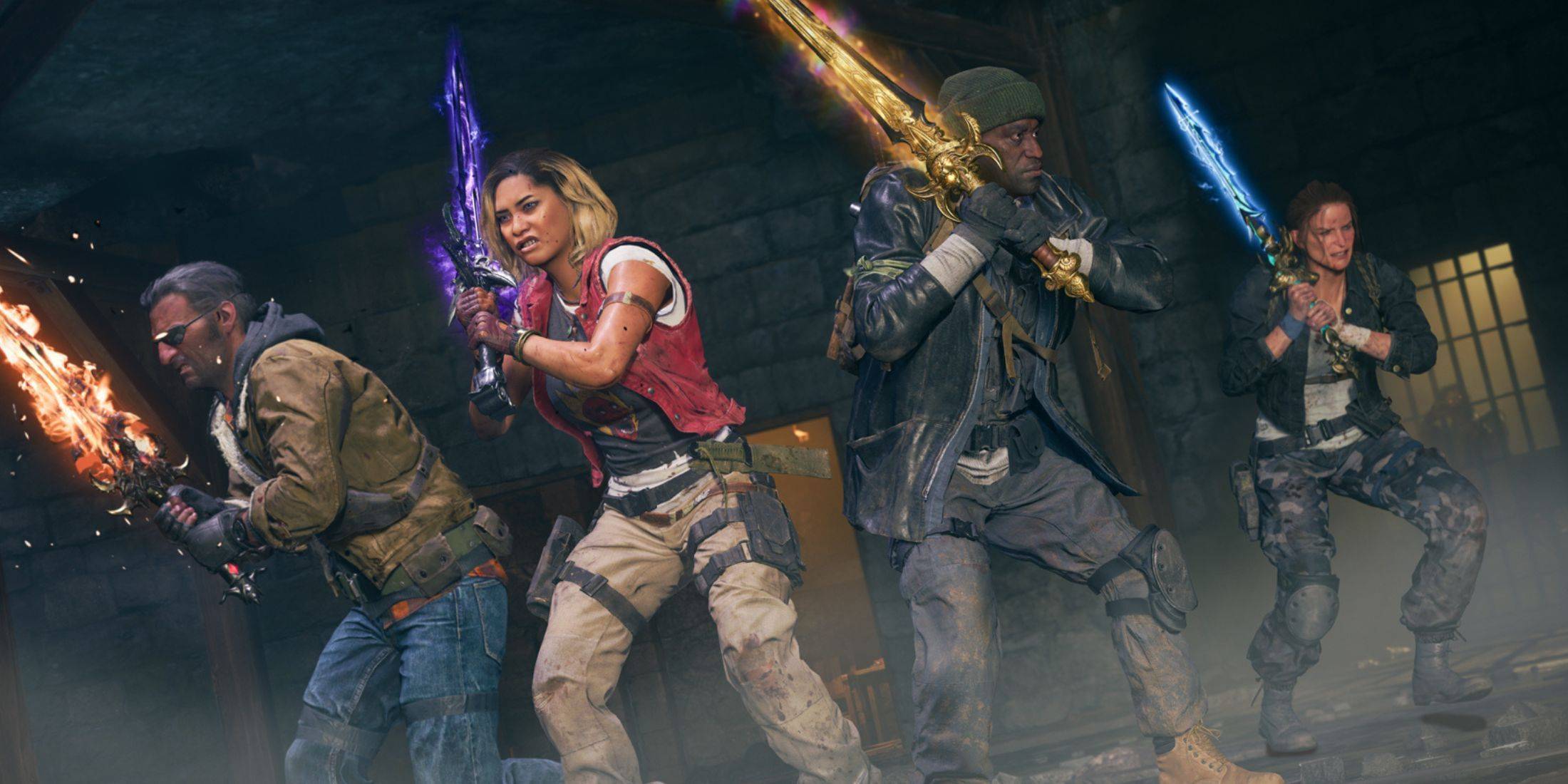
January 15 Is Suddenly a Big Day for Call of Duty: Black Ops 6 Zombies Fans
Feb 20,2025
-
7

Assetto Corsa EVO Release Date and Time
Jan 05,2025
-
8
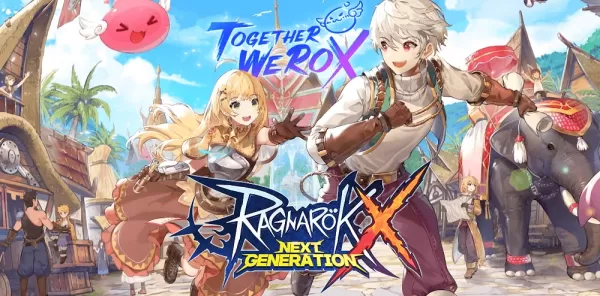
Ragnarok X: Next Gen - Complete Enchantment Guide
May 25,2025
-
9

Where to Preorder the Samsung Galaxy S25 and S25 Ultra
Mar 06,2025
-
10
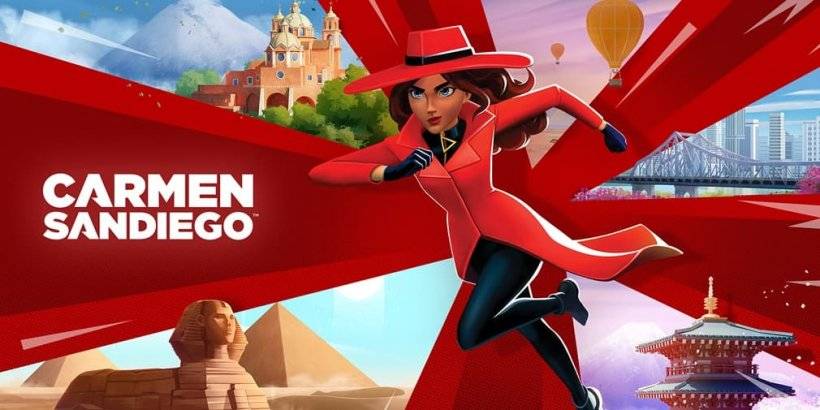
Carmen Sandiego Now Available on iOS and Android
Feb 20,2025
-
Download

DoorDash - Food Delivery
Lifestyle / 59.30M
Update: Apr 23,2025
-
Download
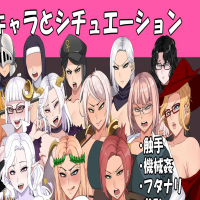
Niramare Quest
Casual / 626.43M
Update: Feb 21,2023
-
Download
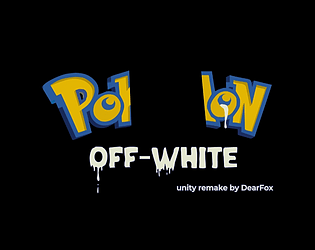
POW
Casual / 38.00M
Update: Dec 19,2024
-
4
The Golden Boy
-
5
Gamer Struggles
-
6
Mother's Lesson : Mitsuko
-
7
Poly Pantheon Chapter One V 1.2
-
8
Dictator – Rule the World
-
9
How To Raise A Happy Neet
-
10
Strobe

